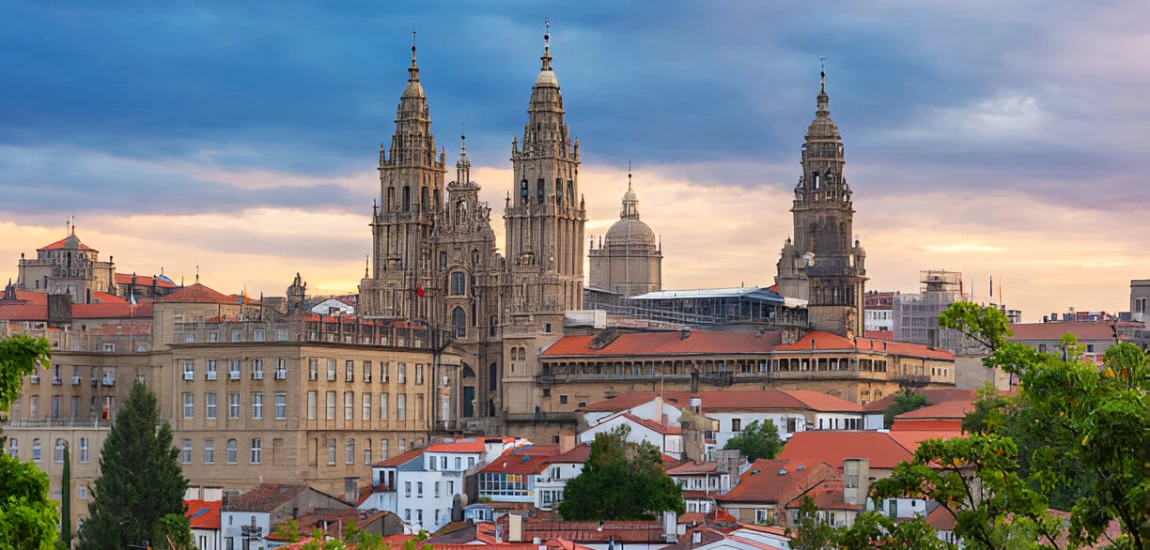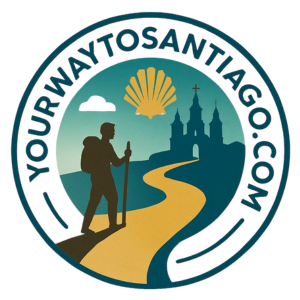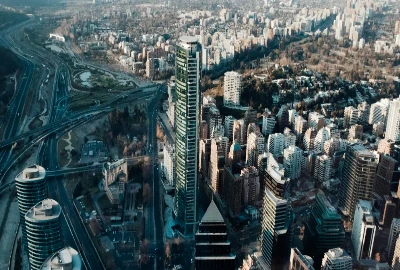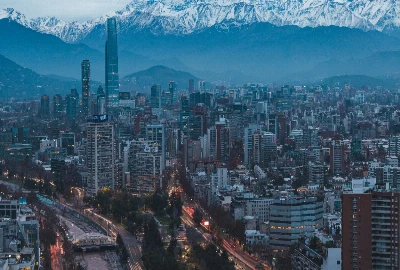Historic Landmarks in Santiago, Chile You Shouldn’t Miss

Santiago, the dynamic capital of Chile, is a city where history and modern life intertwine beautifully. From colonial architecture and revolutionary monuments to centuries-old plazas and peaceful parks, Santiago’s historic landmarks tell the fascinating story of the city’s evolution. Whether you're a history enthusiast or a casual traveler, exploring these iconic sites offers a deep dive into Chile’s rich cultural and political past.
In this guide, we’ll uncover the top historic landmarks in Santiago, Chile, you simply shouldn’t miss during your visit.
Plaza de Armas: Santiago’s Historic Center

No trip to Santiago is complete without visiting Plaza de Armas, the city’s historic heart since 1541. This bustling square was established by Spanish conquistador Pedro de Valdivia and remains a lively gathering place for locals and tourists. Surrounded by impressive colonial architecture, including the Metropolitan Cathedral of Santiago and the Central Post Office, Plaza de Armas offers a vivid glimpse into the city's origins.
Insider Tip: Visit in the afternoon to enjoy the vibrant street performances and local artists displaying their work.
Metropolitan Cathedral of Santiago

Dominating Plaza de Armas, the Metropolitan Cathedral is a masterpiece of neoclassical architecture and one of Chile’s most important religious buildings. Constructed between the 18th and 19th centuries, the cathedral's ornate interiors, intricate altars, and grand facade are awe-inspiring. It has survived numerous earthquakes, symbolizing resilience and faith throughout Santiago’s turbulent history.
La Moneda Palace: The Seat of Chilean Power

The Palacio de La Moneda is the official residence of the Chilean president and a landmark steeped in political history. Originally built as a colonial mint in the late 18th century, it gained historical significance during the 1973 military coup. Visitors can watch the Changing of the Guard ceremony, explore the adjacent cultural center, and learn about Chile’s journey through dictatorship to democracy.
Fun Fact: "La Moneda" means "The Mint" — a nod to the building’s original purpose.
Cerro Santa Lucía: Birthplace of Santiago

Cerro Santa Lucía is a small hill in downtown Santiago where Pedro de Valdivia officially founded the city. Today, it’s a beautifully landscaped park with winding staircases, fountains, and historic fortifications. Climbing to the top rewards visitors with panoramic views of the city skyline and the Andes Mountains.
Don't Miss: The Neptune Terrace (Terraza Neptuno), an ornate, European-style fountain complex built in the early 1900s.
Basilica de la Merced: Gothic Grandeur

Located near the Plaza de Armas, the Basilica de la Merced is an architectural gem dating back to the 18th century. Built in Gothic Revival style, the basilica features soaring columns, stained glass windows, and an adjacent small museum housing Incan artifacts and religious relics.
Barrio Yungay: Historic Neighborhood Charm

Barrio Yungay is one of Santiago’s oldest and most charming neighborhoods, often overlooked by tourists. Stroll along its colorful streets lined with 19th-century mansions, murals, and traditional plazas. Key attractions include the Museum of Memory and Human Rights and Plaza Brasil, making it a rich area for history and culture lovers.
Pro Tip: Take a guided walking tour to uncover the stories behind the historic homes and street art.
Museum of Memory and Human Rights

While more modern, the Museum of Memory and Human Rights is crucial to understanding Chile’s contemporary history.
It documents the human rights abuses that occurred during General Pinochet’s dictatorship, honoring the victims through exhibitions, documents, and multimedia presentations.
Visiting this museum offers a profound and moving perspective on Chile’s resilience and commitment to human rights.
Cerro San Cristóbal: Sacred Hill and City Icon

Cerro San Cristóbal, rising nearly 300 meters above Santiago, is both a natural and cultural landmark. It features a 22-meter-tall Virgin Mary statue and is a place of pilgrimage for many Chileans. The hill also offers sweeping views of the city and the Andes, accessible by foot, funicular, or cable car.
Good to Know: The hill is part of Parque Metropolitano, one of the largest urban parks in Latin America.
Iglesia de San Francisco: The Oldest Colonial Building

Dating back to the late 16th century, the Iglesia de San Francisco is Santiago’s oldest surviving colonial structure. Despite countless earthquakes, its original adobe walls and baroque bell tower have endured. Inside, the church houses beautiful religious art and provides a peaceful retreat from the city's buzz.
Museo Histórico Nacional: Discover Chile’s Past

Located in the old Royal Palace at Plaza de Armas, the National Historical Museum offers a fascinating journey through Chile’s history. Its collection includes colonial-era artifacts, military uniforms, maps, and personal items from key figures in Chilean history. It’s a must-visit for anyone looking to understand Chile's national identity.
Conclusion
Santiago’s historic landmarks offer a captivating window into Chile’s soul, from its colonial foundations to its modern triumphs. Whether you’re marveling at the grandeur of La Moneda, reflecting at the Museum of Memory, or soaking in panoramic views from Cerro San Cristóbal, each site reveals a layer of Santiago’s fascinating story. With this guide to the historic landmarks in Santiago, Chile, you’ll not only explore beautiful architecture and poignant history but also connect deeply with the spirit of one of South America's most compelling cities.



